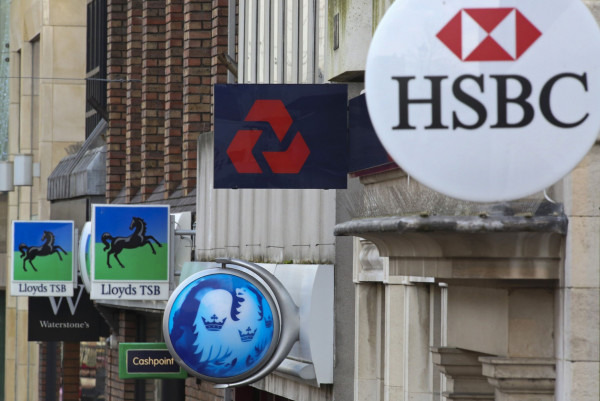
Mortgage rates fall back to month-old levels as lenders make cuts

Mortgage interest rates have fallen on average by up to 0.19 percentage points since the Bank of England hiked the base rate last week, taking rates to month-old levels.
Over the past two weeks, lenders have been cutting rates on their mortgage products after pricing in larger base rate rises following former prime minister Liz Truss’ sweep of unfunded tax cuts.
The average two-year fixed rate today (November 11) was 6.33 per cent, falling from 6.46 per cent last week (November 3) when the Bank of England increased the base rate to 3 per cent.
This is the lowest two-year fixed rate since October 10, over a month ago, according to Moneyfacts data.
The average five-year fixed rate has fallen even further, from 6.30 per cent last week to 6.11 per cent today. This is the lowest five-year rate since October 7.
Rate reductions by lenders have sat anywhere between 10 and 80 basis points. High street lenders such as HSBC, Virgin Money and Halifax have all made rate cuts since the Bank of England’s rate decision, as well as more specialist lenders like Bluestone Mortgages and Accord.
“Lenders have started to reduce rates as confidence is returning to the market,” said Imran Hussain, a Nottingham-based broker at Harmony Financial Services.
“Swap rates are also starting to stabilise, having previously rocketed up after kamikaze Kwasi’s ‘mini’ Budget.”
Swap rates are a leading indicator for mortgage rates. While two-year swap rates sit at 4.1 per cent, five-year swap rates sit at a lower 3.8 per cent.
Both of these figures have fallen by over 100 bps in the past month.
While the Bank of England's 0.75 percentage point hike last week was the single biggest hike in 33 years, brokers said it had already been priced into many fixed rate mortgage deals and that some deals had even higher rates priced in.
A day after the central bank’s hike, Halifax re-introduced a sweep of fixed-fee mortgage deals at lower rates as other lenders cut their rates by up to 0.45 percentage points.
Meanwhile, interest rates on equity release mortgages still sit at around 8 per cent.
Despite showing some signs of coming down in recent days, advisers have said their clients are hesitant to lock in such high rates for life and are waiting for them to come down.
Those stuck on standard variable rate mortgages, also known as ‘mortgage prisoners’, are calling on MPs to support a rate cap.
Last year, interest rates reached historic lows but mortgage prisoners were unable to benefit from this, remaining on deals of 5 or 6 per cent - what many borrowers are struggling to afford today.
Now they face rates of 8 and 9 per cent, similar to equity release borrowers. They are therefore asking the government to cap standard variable rates being paid by mortgage prisoners at 2 per cent above the Bank of England base rate. This would bring these borrowers back onto 5 per cent rates.
In its guidance published last week, the Bank of England laid out two possible scenarios for the UK’s economy, with the first predicting interest rates will rise to 5.25 per cent and the UK will be in a recession for at least two years.
This would mark the longest recession in nearly 70 years.
However, the bank also said inflation could peak at 10.9 per cent at the end of this year, and fall throughout 2023 and 2024 to sit below the 2 per cent target in 2025.
Today, the Office for National Statistics showed the UK economy shrank in the third quarter of the year, raising concerns about an incoming recession.
Gross domestic product fell 0.6 per cent in September, meaning output in the third quarter of the year fell by 0.2 per cent. The economy is now 0.2 per cent smaller than at pre-pandemic levels.
ruby.hinchliffe@ft.com




